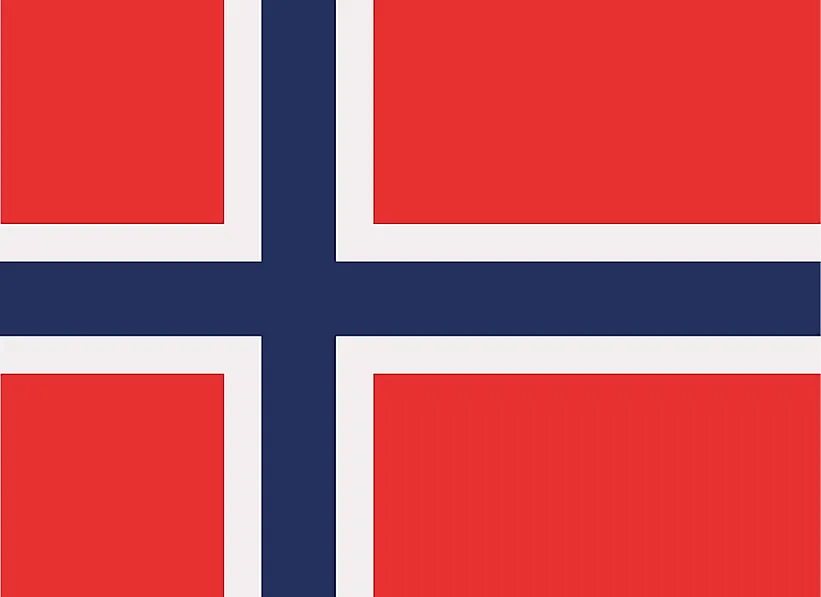
Norway
| Continent | Europe |
| Capital | Oslo |
| Population | 5,265,158 |
| GDP | $365.00 Billion |
| GDP per Capita | $69,300 |
| Dialing Code | +47 |
| ISO Code (2-letter) | NO |
| ISO Code (3-letter) | NOR |
Norway Landscapes






About Norway
Welcome to Norway, a nation where fjords meet northern lights. With approximately 5.4 million people occupying 385,207 square kilometers, Norway combines remarkable natural beauty with advanced social development, standing as one of the world’s most prosperous and progressive nations.
Geographic Features and Natural Beauty
Norway’s geography encompasses extraordinary diversity, from dramatic fjords to arctic tundra. The country features one of the world’s longest coastlines, deeply indented by fjords, and mountains that extend the entire length of the country.
The landscape includes the spectacular Geirangerfjord, the Lofoten Islands, and vast glaciers like Jostedalsbreen. The country’s position partially above the Arctic Circle creates unique phenomena like the midnight sun and northern lights.
Protected areas include numerous national parks preserving pristine wilderness and unique ecosystems. The country’s commitment to environmental protection focuses on sustainable resource management and wilderness preservation.
Cultural Heritage and Traditions
Norwegian culture represents a blend of ancient Viking heritage and modern innovation. The country’s traditions include distinctive architecture, particularly the stave churches, and strong connections to maritime life.
Traditional arts include rosemaling (decorative painting), wood carving, and textile crafts. Music traditions range from folk music to contemporary genres, while outdoor activities remain central to cultural identity.
Norwegian cuisine features fresh seafood, game meats, and dairy products, with dishes like lutefisk and lefse maintaining cultural significance. The tradition of friluftsliv (outdoor life) remains fundamental to Norwegian identity.
Historical Journey
Norway’s history spans from Viking exploration through medieval kingdoms to modern prosperity. The country’s maritime tradition has shaped its development and global connections.
Significant periods include the Viking Age, the Kalmar Union, union with Denmark and later Sweden, independence in 1905, and the discovery of North Sea oil. The country’s journey to becoming a modern welfare state demonstrates remarkable development.
Modern Economic Landscape
Today’s Norwegian economy combines oil wealth with sustainable practices. The country maintains one of the world’s largest sovereign wealth funds while leading in environmental initiatives.
Recent initiatives focus on green technology, digital innovation, and sustainable resource management. Norway’s strategic management of natural resources supports its high living standards.
International Relations and Global Position
Norway maintains active participation in international cooperation while remaining outside the European Union. The country’s commitment to peace-building and environmental protection extends its global influence.
Did You Know?
• Norway’s fjords are among the world’s deepest and longest?
• The country introduced the concept of allemannsretten (freedom to roam)?
• Oslo is Europe’s fastest-growing capital city?
• Norway’s sovereign wealth fund owns about 1.5% of all globally listed shares?
Conclusion
Norway represents a unique combination of natural wonder and social achievement. From its dramatic fjords to its urban innovation, from its Viking heritage to its environmental leadership, Norway continues to evolve while preserving its distinctive character. As it addresses challenges including climate change and sustainable development, Norway remains committed to its role as a global leader in social welfare and environmental stewardship.